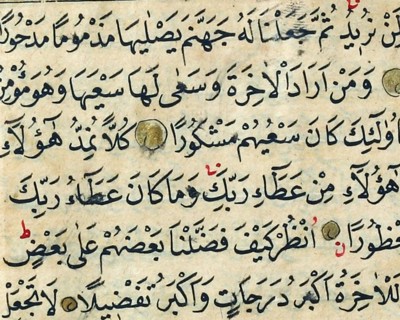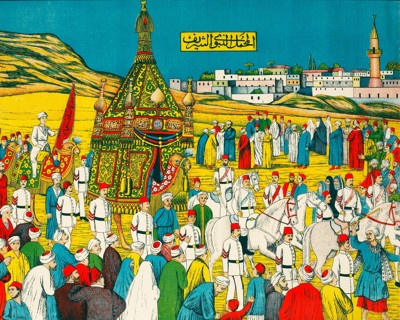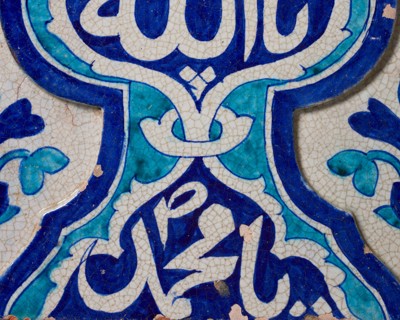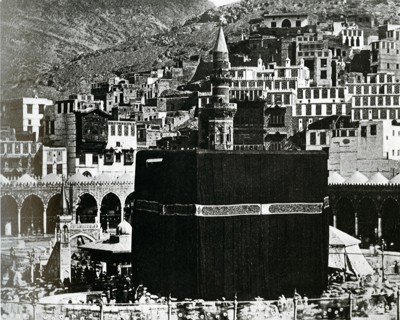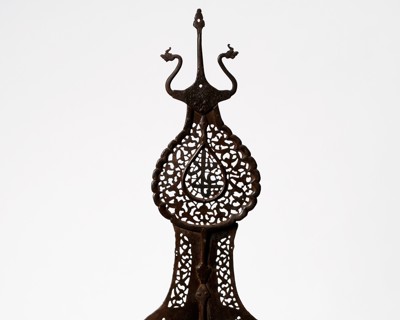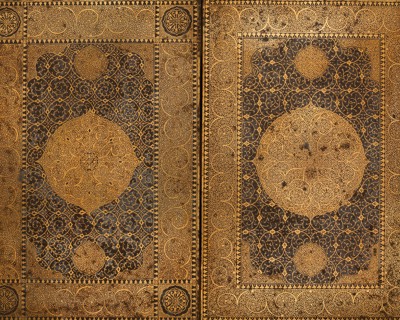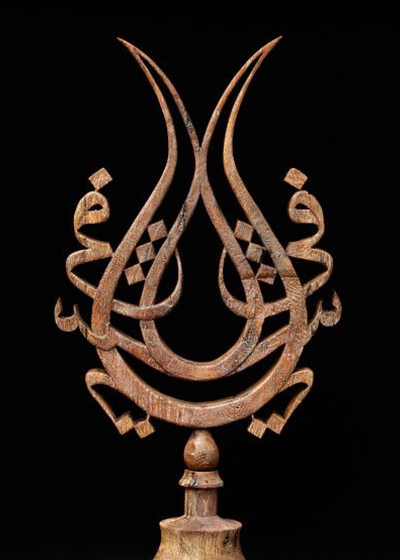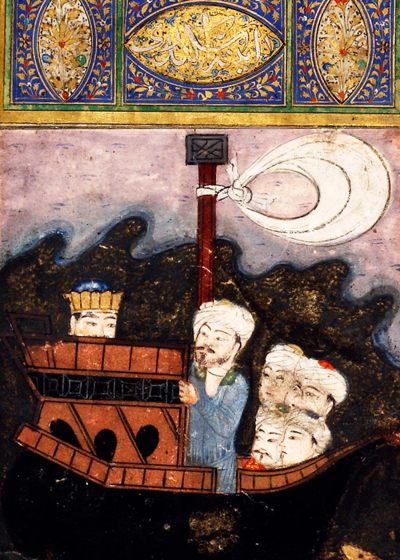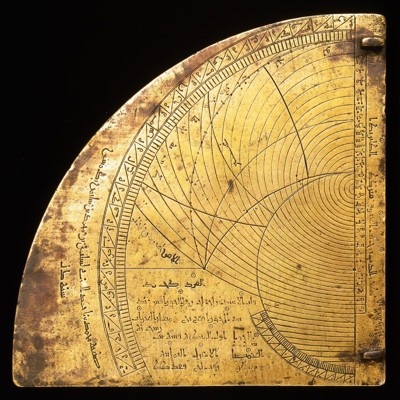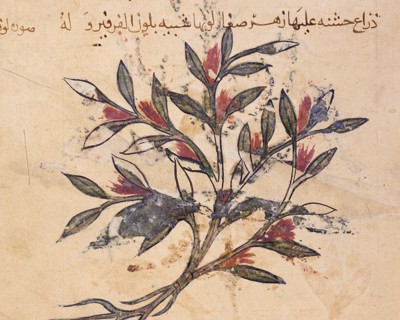The Art of War
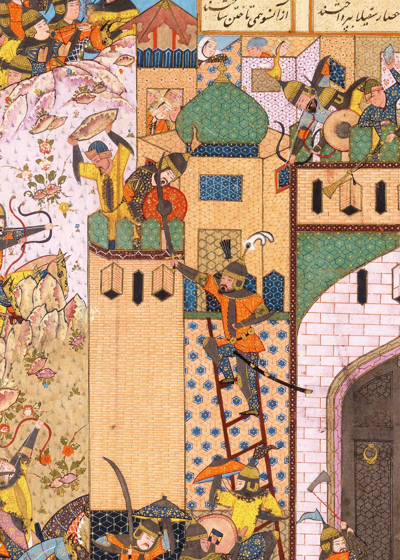
For battle and splendor
In the period up to the advent of Islam, the Arabian Peninsula’s population was not unaccustomed to war. The lack of a supreme authority meant that peace required special agreements between the dominant Bedouin tribes, and a breech of these agreements often led to lengthy conflicts. Vendettas and retaliatory attacks were the common form of warfare, while great battles with true armies were unknown.
With the spread of Islam, the character of warfare changed. The new religion forbad Muslims to kill their coreligionists and the only acceptable form of war, in addition to the suppression of a revolt, was the jihad – the defense and spread of the religion of Islam and Islamic law.
The law’s ban on waging war upon coreligionists could be maintained to some extent until around the year 800, while the caliphate was still a strong entity. Then it became increasingly difficult to keep the many competing dynasties unified, and gradually, as the central power grew weaker, constant peace among the Muslim peoples became an illusion. Wars were fought as they were in other parts of the world, and at times even the concept of jihad was abused to accuse opponents of being unorthodox and consequently enemies of the true faith.
A distinctive feature of war in the Islamic world was the widespread use of mercenaries and slave soldiers. Young warriors and commanders were recruited in large numbers from conquered lands, and as loyalty to Islam became greater than their allegiance to specific territories, the originally Arab-dominated armies came under the direct leadership of Turks, Persians, Berbers, Indians, etc.
Turkish mercenaries and slave soldiers from Central Asia, in particular, were to play an important role. These ghilman (singular: ghulam) or mamluks (Arabic for “owned”) often attained great power, and the Mamluk dynasty in Egypt (1250-1517) had such a consistent policy of succession that nearly all the realm’s most powerful men were the sultan’s slaves or former slaves. The sultan himself was even the former slave of the previous sultan.
The famous janissaries in the Ottoman army comprised another corps of slave soldiers. This special elite infantry consisted of young men primarily from the Christian parts of the Ottoman Empire, financed by the state and recruited through a “child-tribute” (devshirme). Since the janissaries evolved into a regular political pressure group over the years – a direct threat to the rulers – the corps was brutally disbanded.
The defeat of the Ottoman Turks at Vienna in 1683 heralded the military decline of the Islamic world. The weakening of one of the other great “gunpowder empires,” Mughal India, began at the same time, and throughout the 18th and 19th century, Russia and western European states increasingly dominated the Islamic world militarily, either as colonizers or as advisors.
